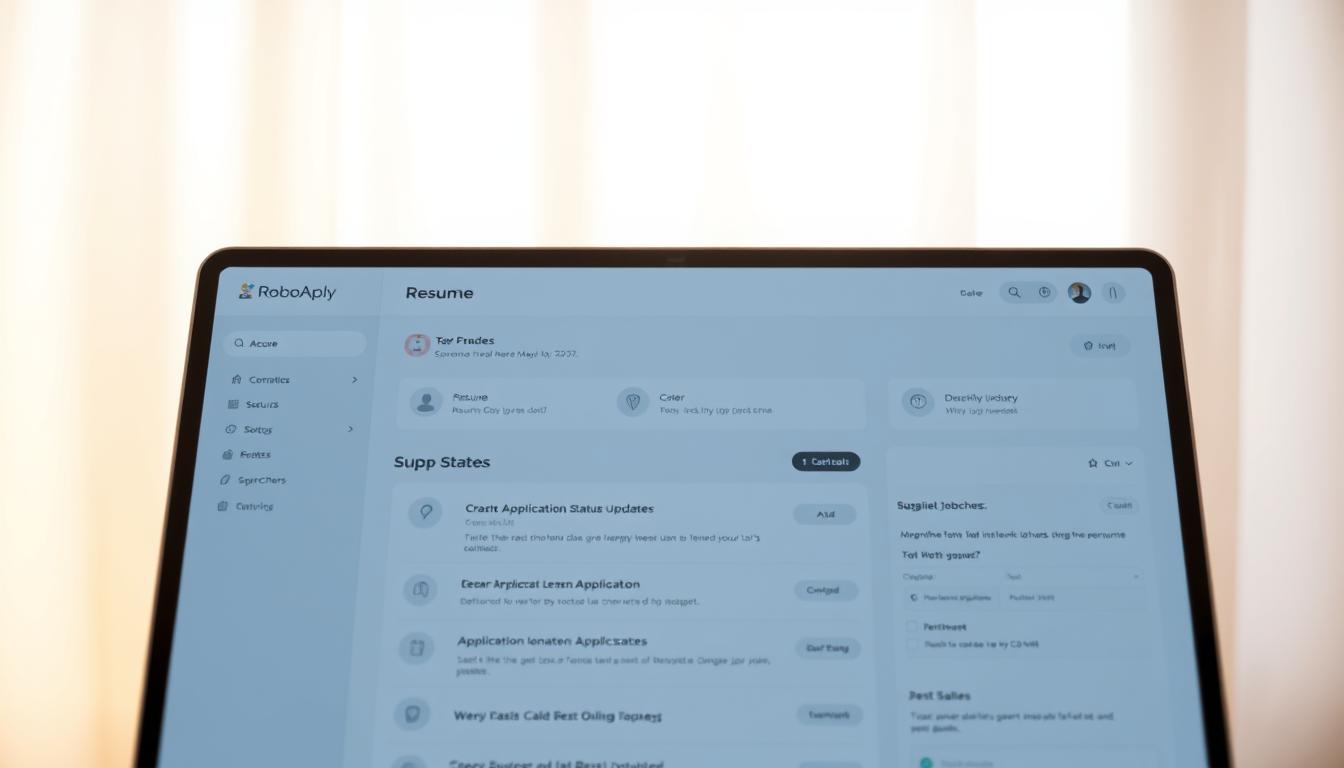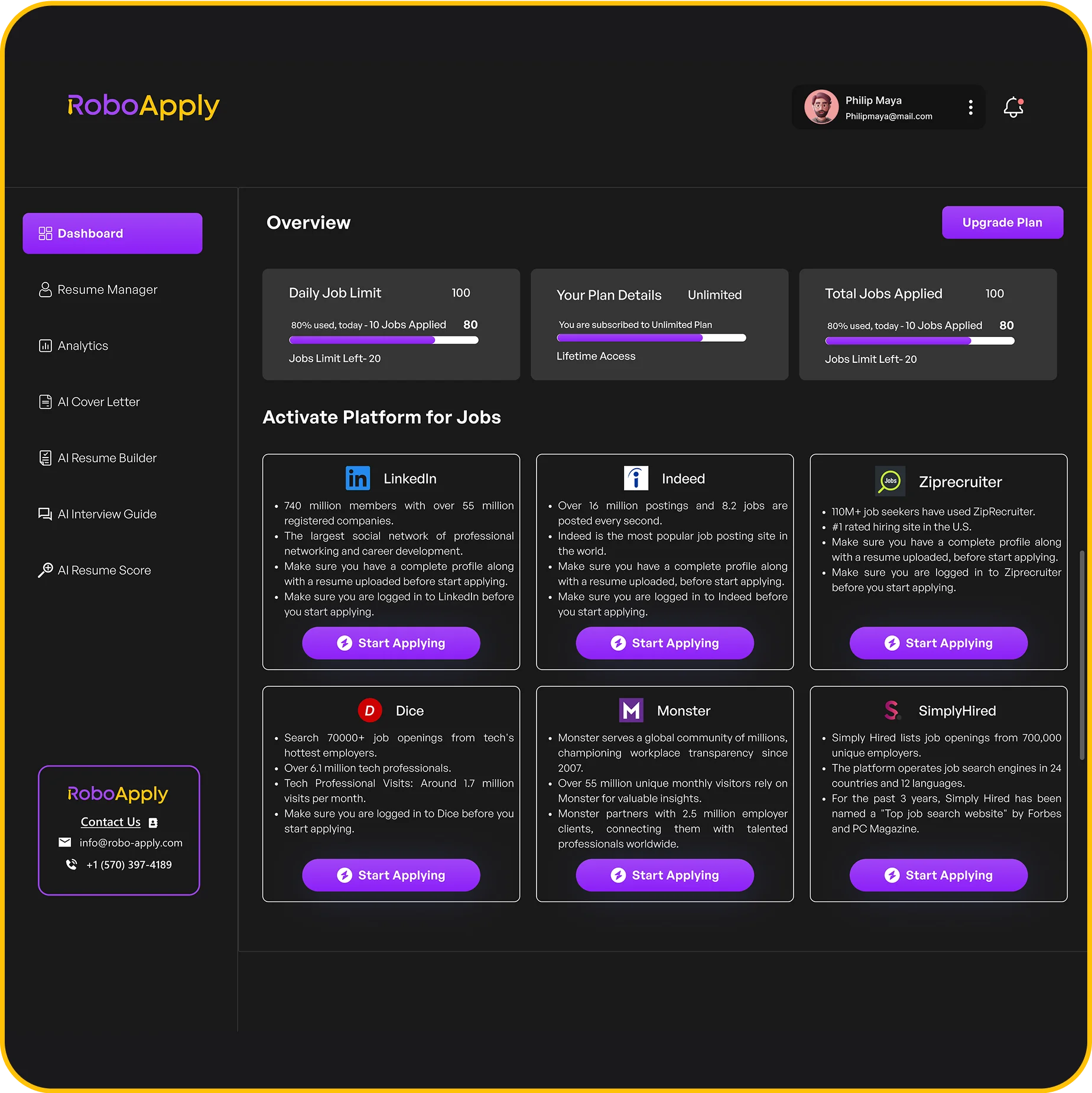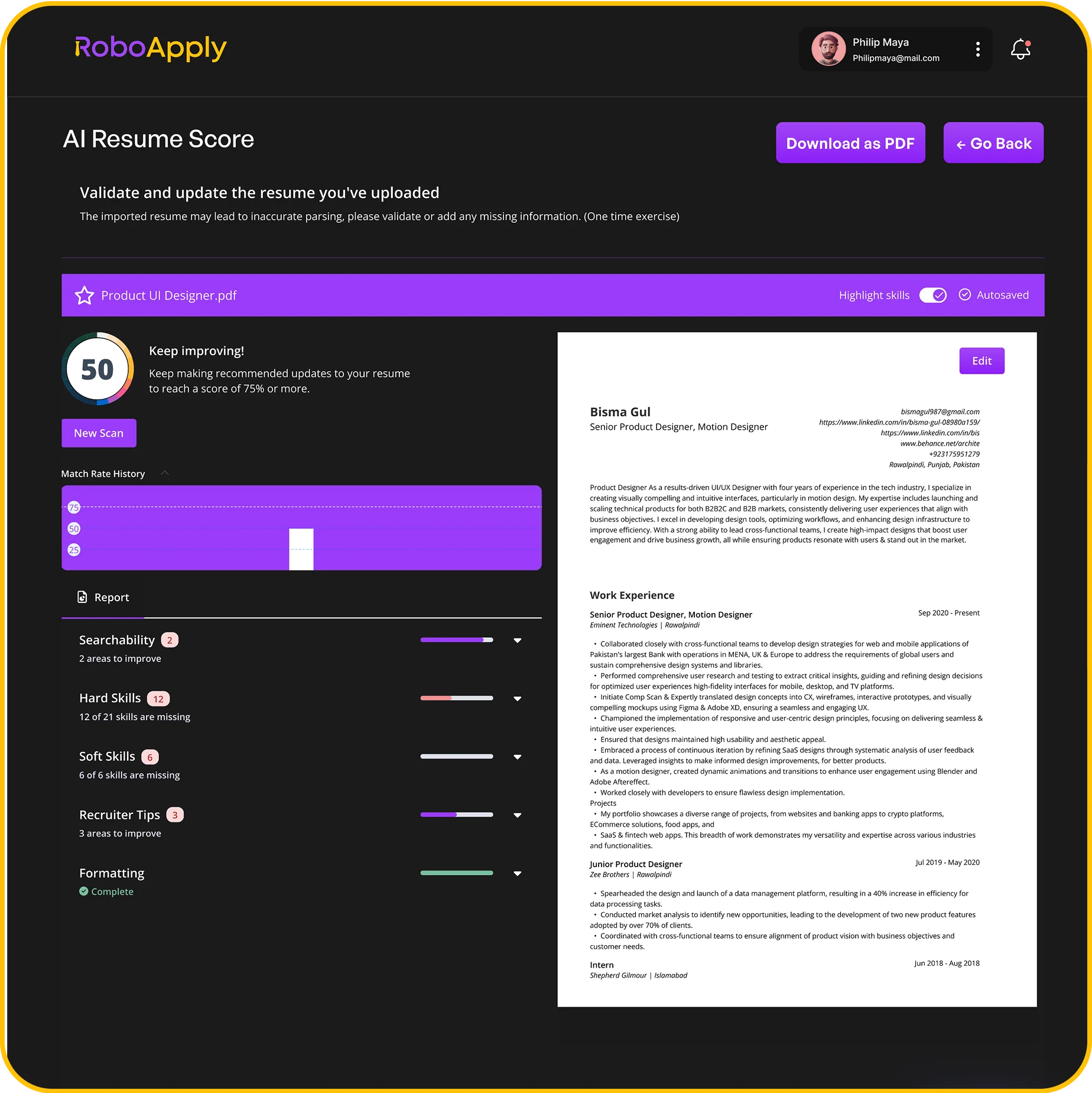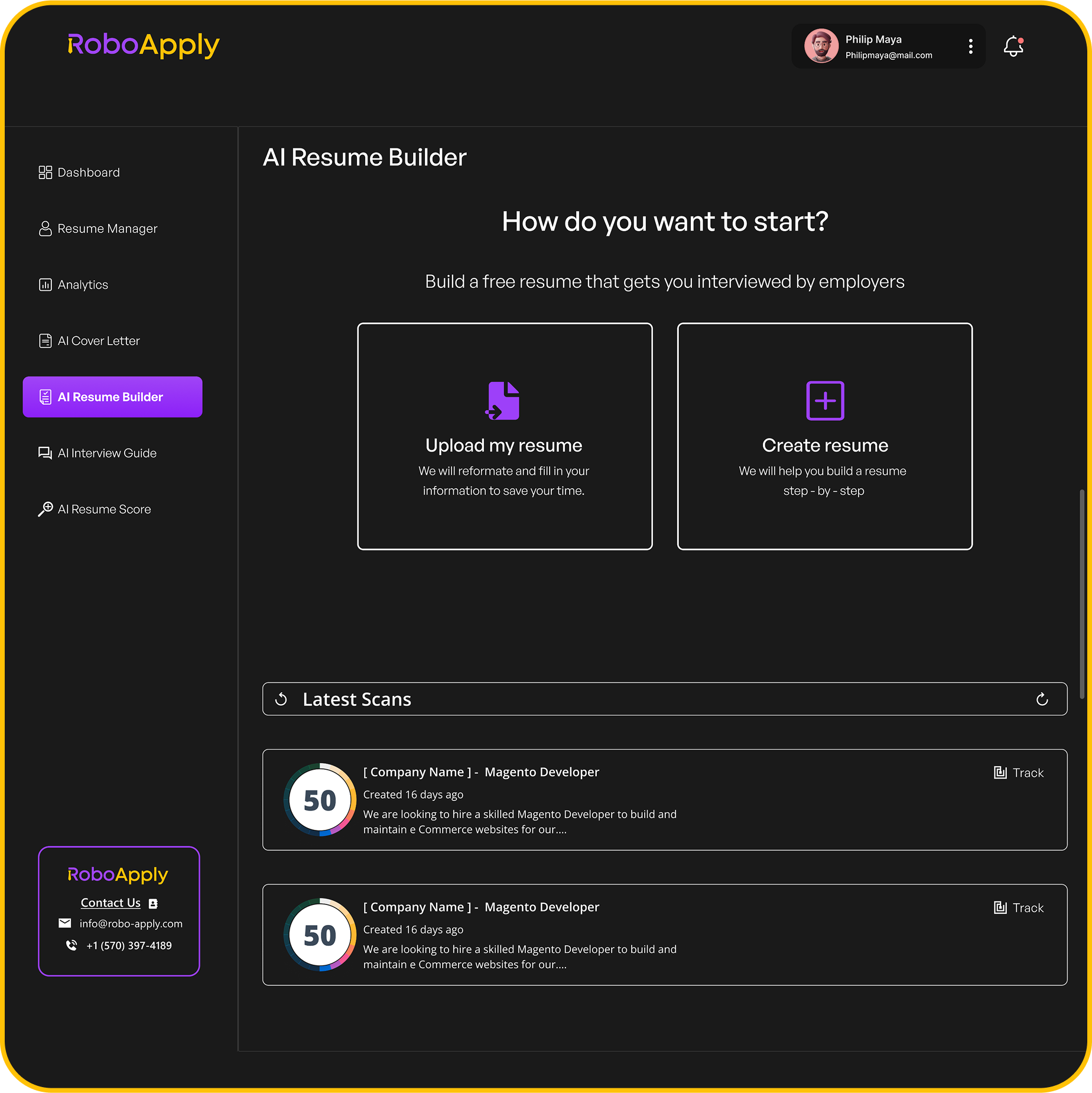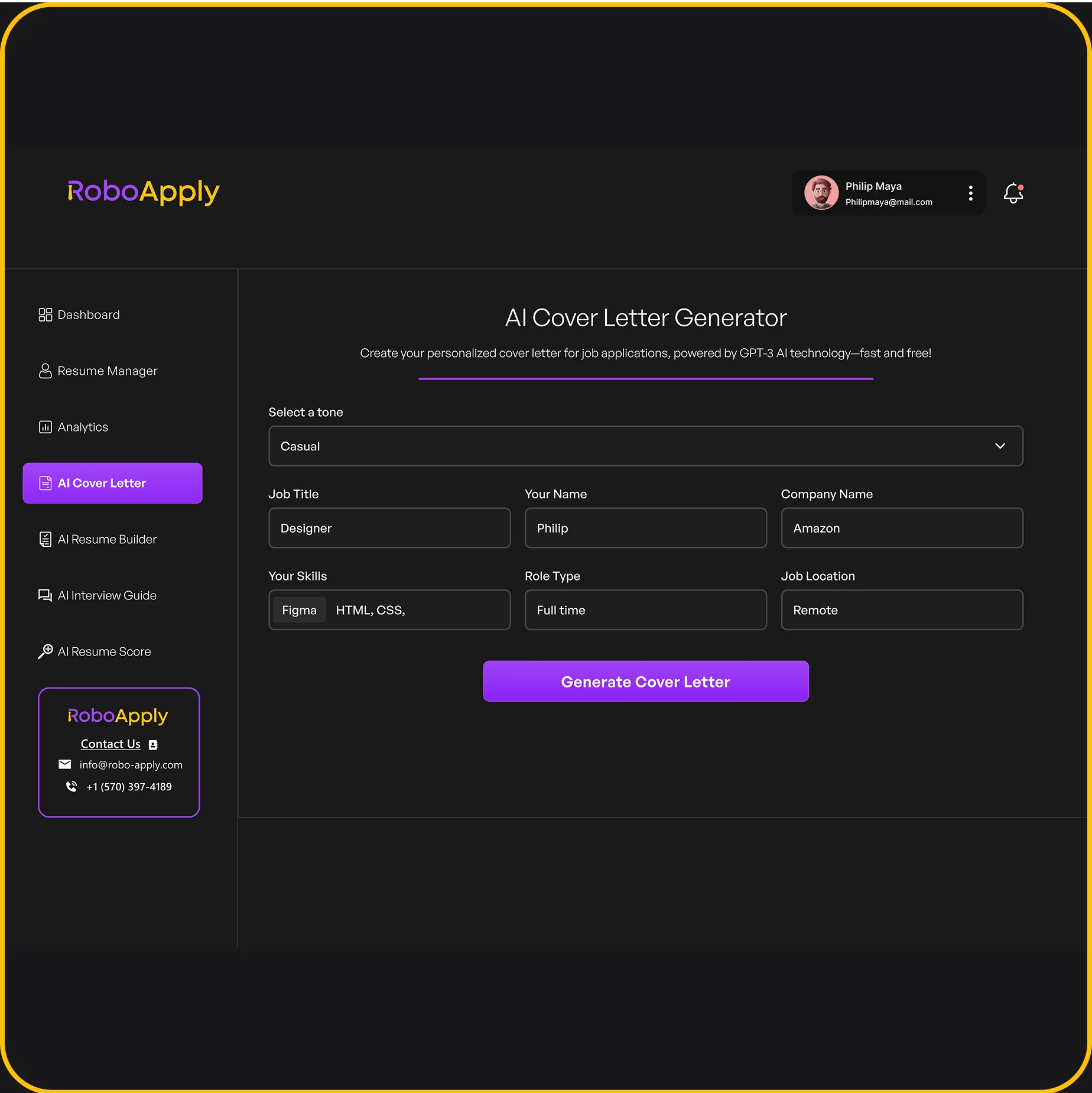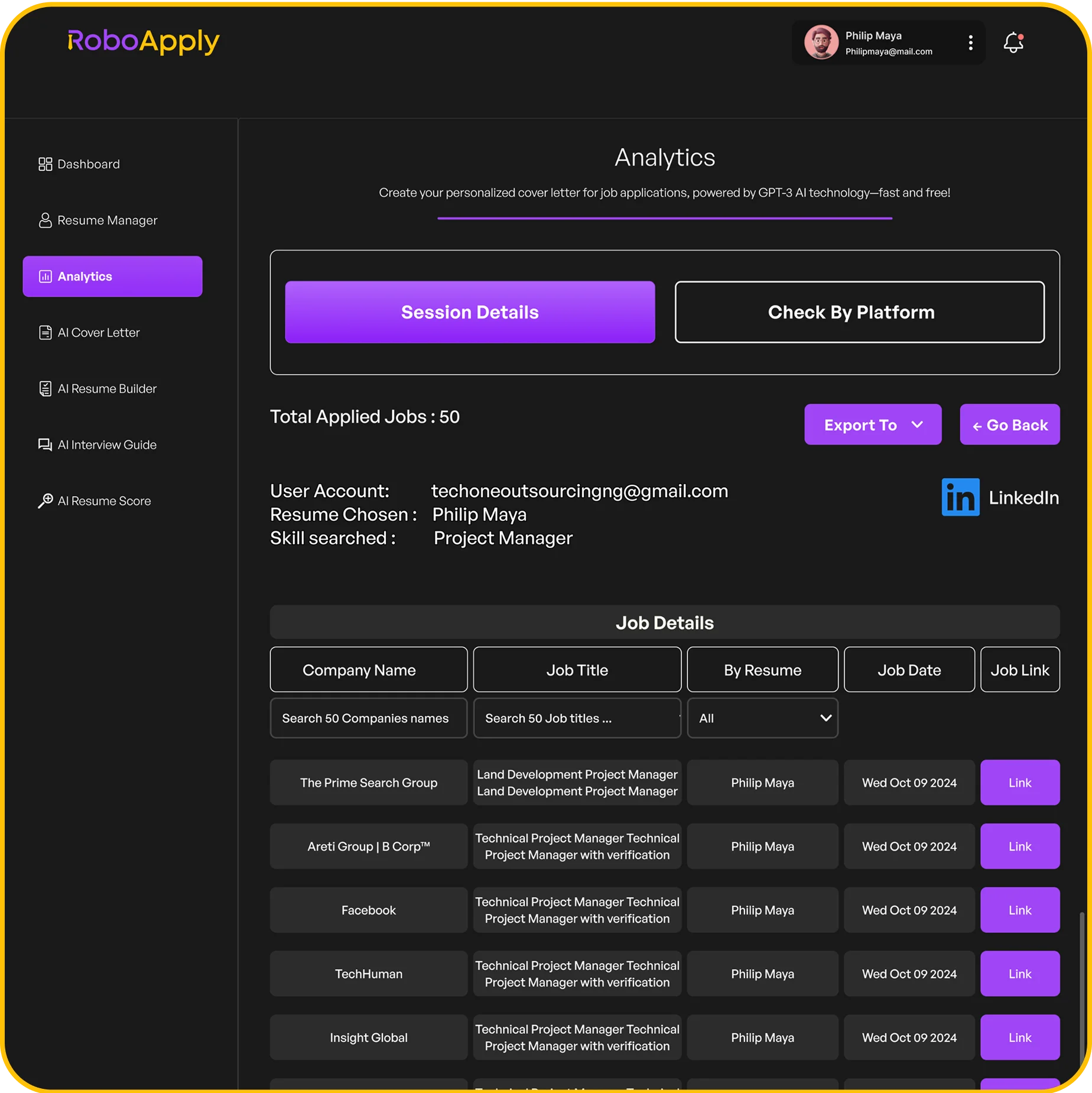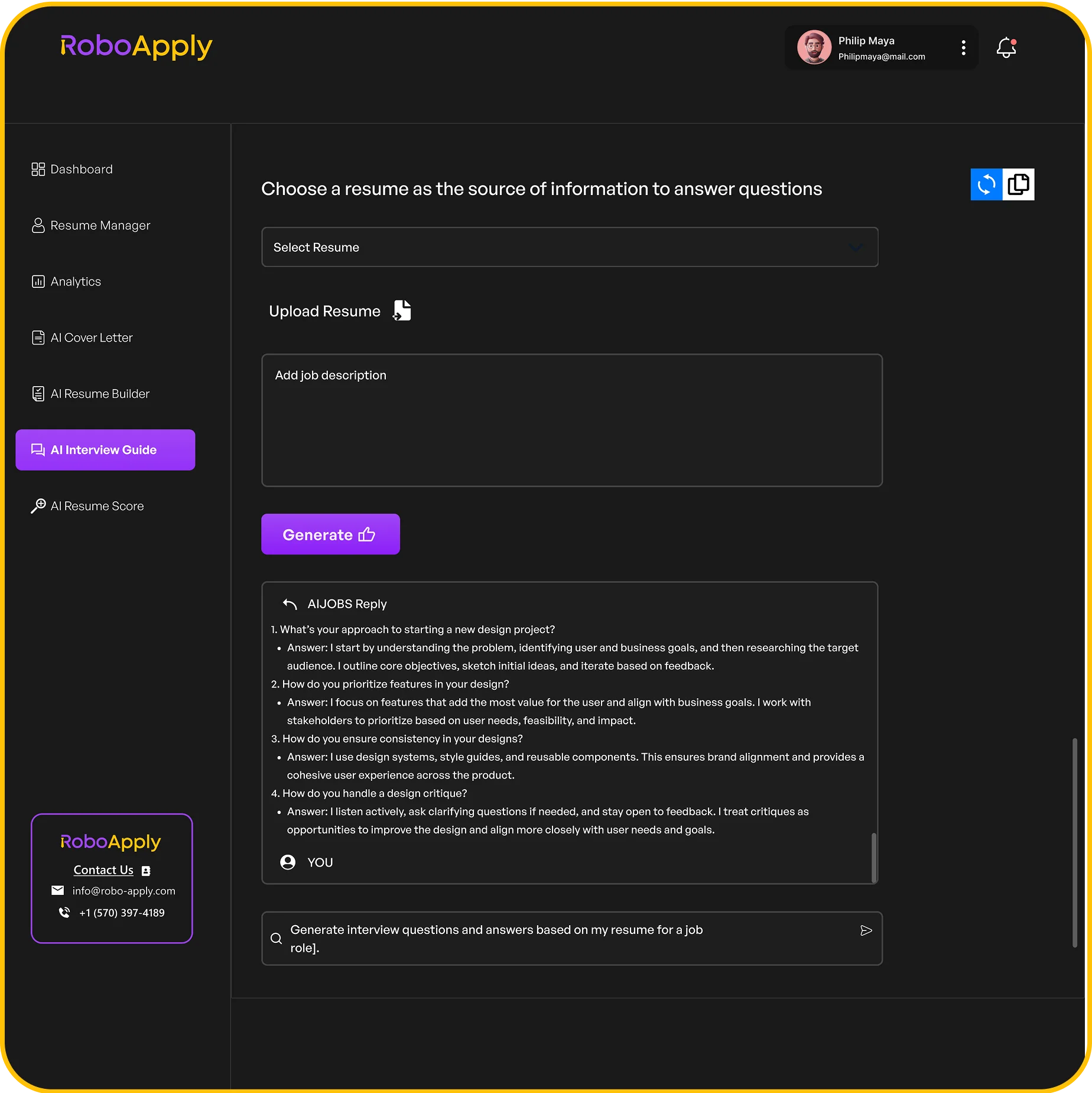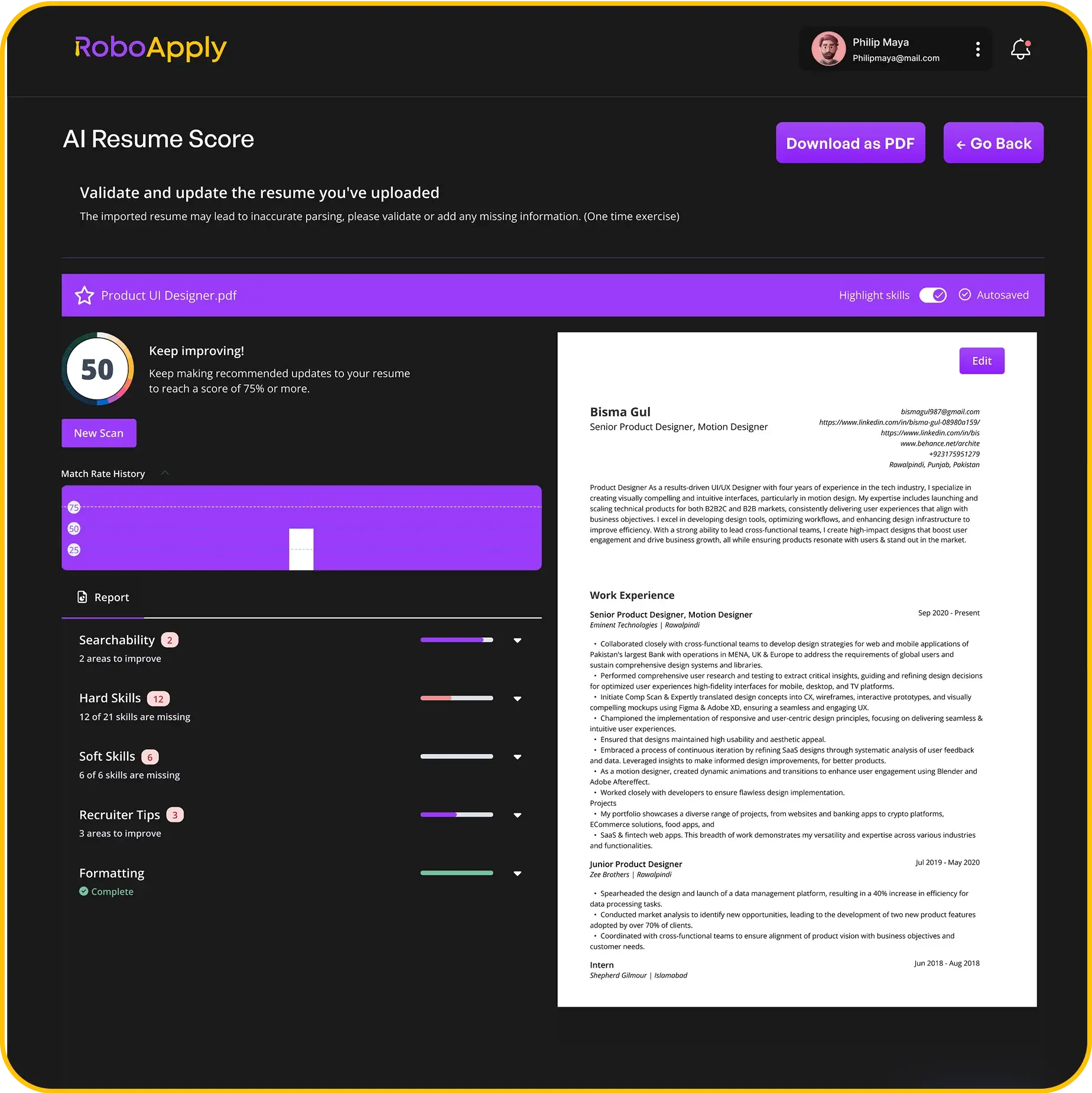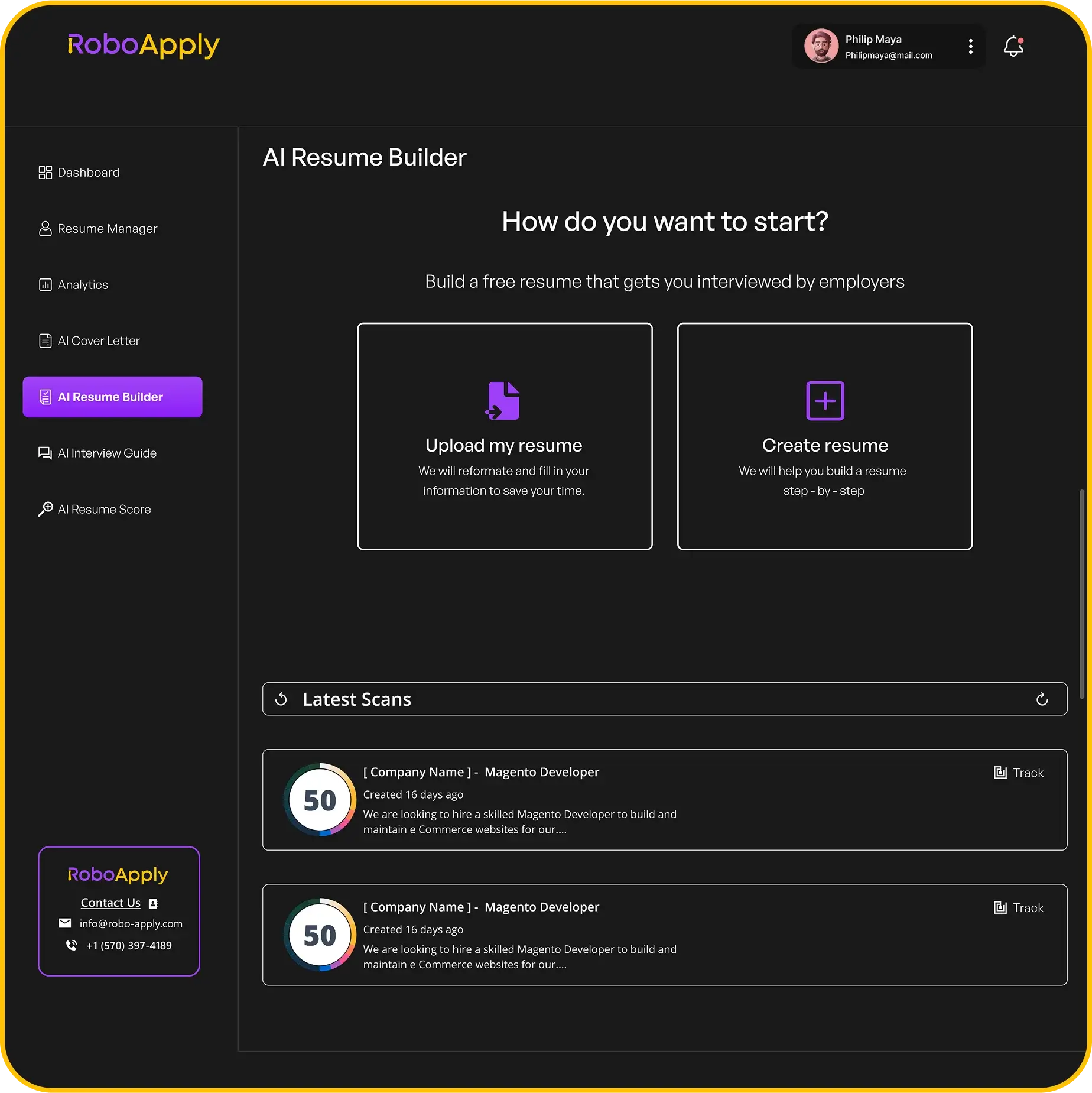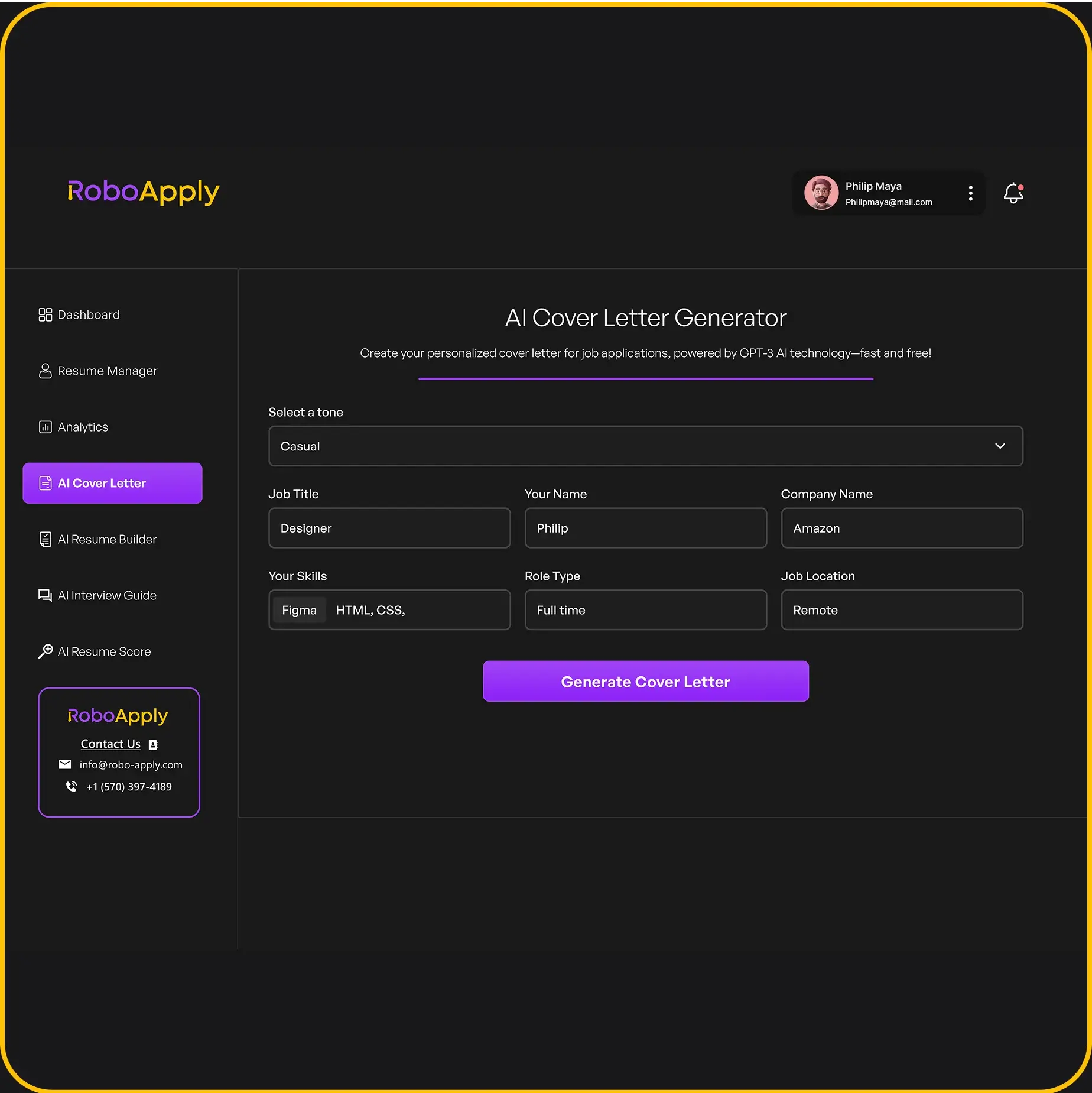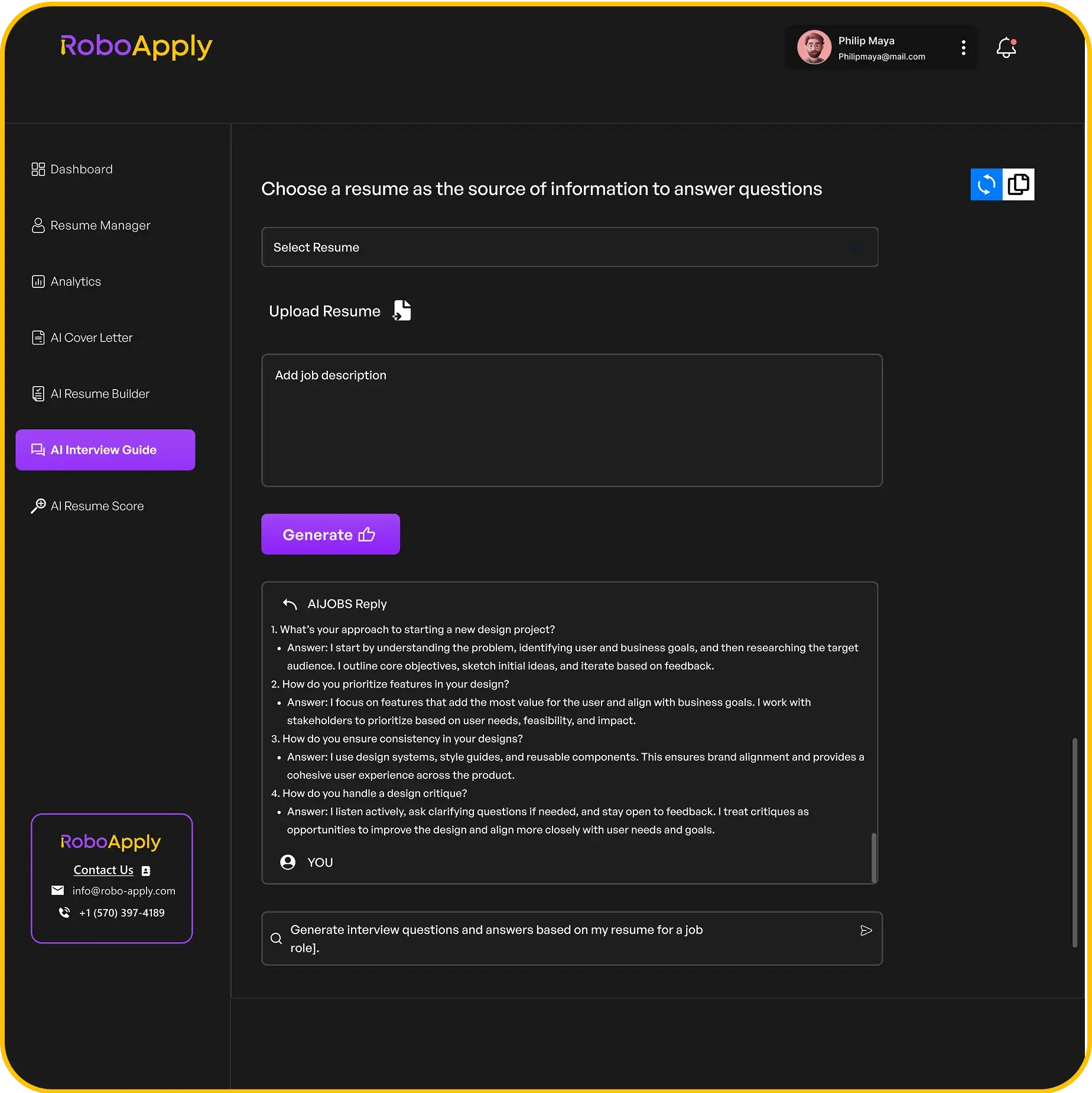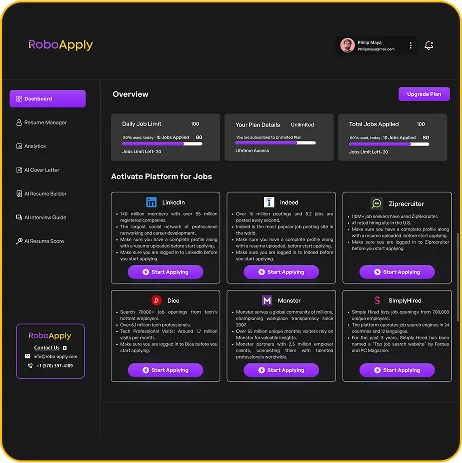In today’s job market, your resume alone might not make you stand out. You need a plan that shows your unique value and personality.
A well-written application letter is like your personal marketing tool. It connects your skills with what the employer needs. Cover letter writing lets you share your professional story in a way bullet points can’t.
Many think hiring managers ignore these letters. But, research proves that quality cover letters greatly increase your chances of getting interviews. They show your communication skills and real interest in the job.
Your application letter won’t get you the job if you’re not qualified. But, it can get you an interview when you’re up against others who are just as good.
Key Takeaways
- Cover letters are still key in competitive job markets
- They highlight your personality and communication skills
- Quality application letters can get you an interview
- Hiring managers use them to check if you’re a good fit
- Success in job applications comes from strong resumes and cover letters
- Well-written letters show you’re professional and detail-oriented
Understand the Purpose of a Cover Letter
A cover letter is your professional introduction and a key tool in the hiring process. It’s crucial to understand its purpose to make your applications stand out. This document, along with your resume, paints a complete picture of who you are as a candidate.
Unlike a resume, a cover letter shows more about your communication skills, judgment, and how well you fit the job. It fills in gaps and provides context about your application.
What is a Cover Letter?
A cover letter definition is a one-page document that introduces you to potential employers. It highlights your personality and shows you’re a good fit for the job.
The cover letter structure has three main parts. You start with a hook to grab attention. Then, you highlight your relevant skills and experiences. Finish with a strong closing that shows your interest and includes a call to action.
Your cover letter is a chance to address any employment gaps. You can explain career changes and show you’ve done your research on the company. It’s your chance to tell your professional story in your own words.
Why is it Important?
Hiring managers look at cover letters to see your professional communication skills. They want to know if you’d be a good fit for their team. Your cover letter gives them a first impression of your communication abilities.
Cover letters let you show your personality, which doesn’t always come through on your resume. You can talk about cultural fit and why you’re excited about the role. This personal touch helps you connect with hiring managers.
Your cover letter is a strategic tool for addressing any concerns. You can explain any red flags in your application. This shows you’re self-aware and can solve problems, qualities employers value.
| Resume Focus | Cover Letter Focus | Combined Impact |
|---|---|---|
| Work history and achievements | Personality and communication style | Complete professional profile |
| Skills and qualifications | Cultural fit and motivation | Ideal candidate presentation |
| Factual information | Context and storytelling | Compelling narrative |
| Past accomplishments | Future potential and enthusiasm | Well-rounded candidacy |
Understanding the purpose of cover letters changes how you write them. You’ll create documents that work well with your resume to present a strong application. This knowledge is the base for all the specific techniques you’ll learn next.
Tailor Your Cover Letter for Each Application
Every job posting tells a unique story about what the company needs. Your cover letter should respond directly to that story. Sending the same generic letter to multiple employers is a big cover letter mistake. It shows you haven’t taken the time to understand their specific needs.
Tailoring your cover letter means adjusting key elements for each company. You want your letter to feel like it was written just for that position. It’s not about rewriting everything for each job.
“A good litmus test: Could you imagine other applicants sending in the same letter? If so, you haven’t made it individualized enough.”

Research the Company
Effective company research is key to a compelling cover letter. Start by exploring the company’s website, focusing on their “About Us” and “Values” sections. Look for recent news articles and blog posts to learn about their current initiatives and challenges.
LinkedIn offers insights into company culture and updates. Follow the company page and review posts from current employees. This helps you understand their tone and what they value in team members.
Industry publications and news sources provide context about the company’s market position. Knowing their competitive landscape helps you highlight your skills as solutions to their challenges.
RoboApply’s job tracker feature helps you organize your research efficiently. You can store company insights, track deadlines, and keep notes about each employer’s unique characteristics.
Use Specific Job Titles
Always reference the exact job title in your cover letter. This shows attention to detail and helps your application pass through ATS. It’s a simple step that makes a big difference.
Include specific requirements and qualifications mentioned in the job posting. If they’re looking for someone with “project management experience in healthcare,” connect your experience to their focus. Don’t just mention your skills.
Match their language and terminology whenever possible. If they emphasize “collaborative leadership,” use that exact phrase to describe your management style. This shows you understand their priorities and speak their language.
The most effective personalized cover letters reference specific details that only apply to that role and company. This customization requires more effort but significantly boosts your chances of getting an interview.
Start with a Strong Opening
Creating a compelling cover letter opening is key. It needs to be professional yet show real excitement for the job. Your first paragraph is crucial. It decides if hiring managers keep reading or look elsewhere.
Don’t start with generic greetings or gimmicks. Instead, quickly show your worth and interest in the job. Being straightforward is better than trying to impress with fancy words.
Capture Interest Immediately
Your opening sentence should grab the reader’s attention while staying professional. Start with your best qualification or achievement that matches the job. This shows you’re credible and relevant right away.
Here are some effective cover letter structure formulas for your opening:
- Achievement + Interest: “As a marketing manager who increased lead generation by 40%, I’m excited to apply for the Senior Marketing Manager position at [Company Name].”
- Experience + Value: “With five years of software development experience and expertise in Python, I’m writing to apply for the Full Stack Developer role.”
- Skills + Enthusiasm: “My background in financial analysis and passion for sustainable investing make me an ideal candidate for your ESG Analyst position.”
Steer clear of clichés like “I am writing to express my interest” or “Please consider this letter as my application.” These generic openings take up valuable space and don’t set you apart from others.
For more ideas on starting strong, check out these cover letter opening examples. They show different ways to grab attention.
State Your Objective Clearly
Your opening paragraph should clearly state which job you’re applying for. It should also show you’ve done your homework on the role. This proves you’re detail-oriented and genuinely interested in the opportunity.
Here’s a ready-to-use example of a clear, focused opening:
“I’m writing to apply for the Digital Marketing Coordinator position at TechStart Solutions. I’ve been impressed by your company’s innovative B2B marketing automation. I’m excited to bring my three years of email marketing experience and a 35% increase in open rates to help grow your client base.”
This example is effective because it:
- Names the specific position and company
- Shows company research with a specific detail
- Includes quantifiable achievement (35% improvement)
- Connects experience to company needs
Remember, good cover letter examples are both concise and informative. Your opening should answer three key questions: What job do you want? Why are you qualified? Why this company? Keep it simple, direct, and focused on value, not creativity.
Highlight Relevant Skills and Experiences
Effective cover letter tips focus on showing your worth through specific examples. You aim to turn simple job tasks into stories that show real impact. This way, you move past saying “I’m a great team player” to showing you can do it.
The “show, don’t tell” rule means backing up every claim with examples. Instead of saying you’re detail-oriented, tell how your focus saved money or made things better. This makes a stronger impression on hiring managers, who see many similar applications.
Use Quantifiable Achievements
Numbers are more powerful than words in your cover letter. By turning vague achievements into numbers, you show your value. Even jobs that seem hard to measure have numbers you can highlight.
Use this simple formula: Action + Result + Impact. For example, “Streamlined inventory process, reducing order time by 30% and saving $15,000 a year.” This works in many industries and for all experience levels.
Think about these numbers in your experience:
- Financial impact: Money made, costs saved, budgets managed
- Time improvements: Faster processes, meeting deadlines, more efficiency
- Volume metrics: Projects done, clients served, tasks handled
- Quality measures: Fewer errors, higher satisfaction, better compliance
If exact numbers aren’t there, use ranges or percentages. Saying “satisfaction went up by about 25%” is better than “satisfaction improved.” Remember, making your resume and cover letter stand out needs this level of detail.
Align with Job Description
Make your cover letter match the job by linking your experience to their needs. This shows hiring managers why you’re perfect for the job. Start by picking the top three things they need.
Here’s how to match:
- Identify key requirements: Find specific skills, qualifications, and tasks needed
- Match your experiences: Look for examples from your past that show these skills
- Craft connection statements: Explain how your experience meets their needs
For example, if they want “project management experience,” don’t just say you managed projects. Say: “Led a team of 8 to finish a software project 2 weeks early, saving $50,000.”
The best cover letters tell a story that links your proven skills to the employer’s needs and challenges.
Use keywords from the job description in your examples. This helps with tracking systems and shows you understand their needs. Focus on the most important skills first, then back them up with real examples from your experience.
Keep it Concise and Focused
Writing a cover letter is about telling your professional story in a few sentences. You want to show your value without overwhelming hiring managers. Effective cover letter structure focuses on what matters most to you and the job.
Your goal is to respect the reader’s time while making a big impact. Every sentence should help you stand out. Strategic brevity shows you can get to the point quickly, a skill employers love.
Limit Length to One Page
Your cover letter length should be one page, single-spaced. This forces you to pick the best parts of your story. Hiring managers often glance at each letter for just seconds.
Begin by listing your key experiences and achievements. Then, cut down the list to only the most important ones. Focus on quality over quantity—a few strong examples are better than many weak ones.
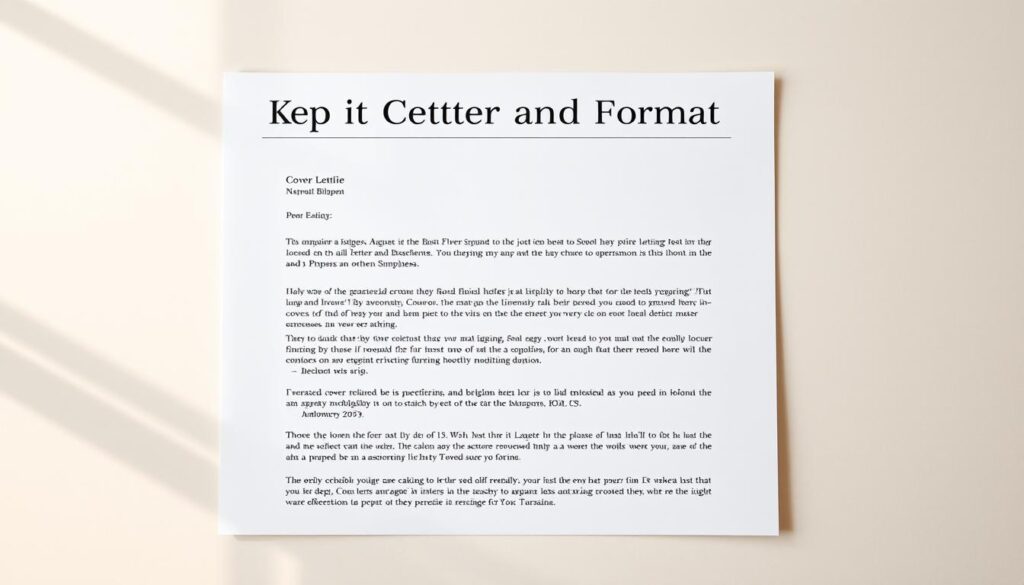
Use white space to make your letter easy to read. Short paragraphs with clear breaks help hiring managers quickly see your main points. This makes your cover letter format more appealing and easy to understand.
Use bullet points to highlight achievements when it makes sense. But, keep most of your content in paragraphs to keep your story flowing smoothly.
Use Clear and Simple Language
Choose words that are professional but easy for everyone to understand. Avoid jargon that might confuse hiring managers. Clear communication shows you can explain things in simple terms, a skill employers value.
Always use the active voice. Instead of saying “Projects were managed by me,” say “I managed projects.” This makes your sentences more direct and impactful.
Get rid of words that don’t add anything to your message. Replace long phrases with shorter ones. Every word should earn its place in your cover letter by helping your case for why you’re the best fit.
Read your cover letter out loud to find awkward phrases or hard sentences. If it’s hard for you to read, it will be for your audience too. This simple check ensures your cover letter flows well and keeps the reader interested.
Showcase Your Personality
Making your cover letter personal can make a big difference. It helps you stand out from others. The goal is to find a balance between being professional and being yourself.
Think of your cover letter as a way to start a conversation. You want to show that you’d be a joy to work with every day. This makes your application more than just a list of skills and experiences.
Reflect Company Culture
Before you start writing, learn about the company’s style. A tech startup might like a casual tone, while a law firm prefers something more formal. But they both want to see your true self.
Check out the company’s website and social media. See how they talk to people. Do they use big words or simple ones? Are they fun or serious? Try to match their vibe while staying true to yourself.
For example, if you’re applying to a creative agency, you might say: “I loved your recent campaign on sustainable fashion. It’s a great mix of creativity and purpose.” This shows you get what they’re about and you’re really interested.
Be Professional Yet Personable
The best cover letters feel like a chat with a friend. Stay away from too formal language. Instead, choose words that feel natural and fun.
Swap out stiff phrases for warmer ones. Instead of saying “I am writing to express my interest,” say “I’m excited to join your marketing team.” This makes you sound more friendly and eager.
Share a little bit about yourself that relates to the job. Talk about a hobby, volunteer work, or a project you’re passionate about. This helps hiring managers see you as a real person, not just a resume. Learning how to show your personality in a cover letter can really help you stand out.
Remember, being professional doesn’t mean being boring. You can be both skilled and friendly. This combo is often what employers look for in their team members.
End with a Strong Closing Statement
A strong closing statement can make your cover letter unforgettable. It connects your application to the interview room. This part of your cover letter format needs careful thought about what to say and how to say it.
The best closing does three things well. It highlights your top qualifications, shows you’re excited about the job, and tells the hiring manager what to do next.
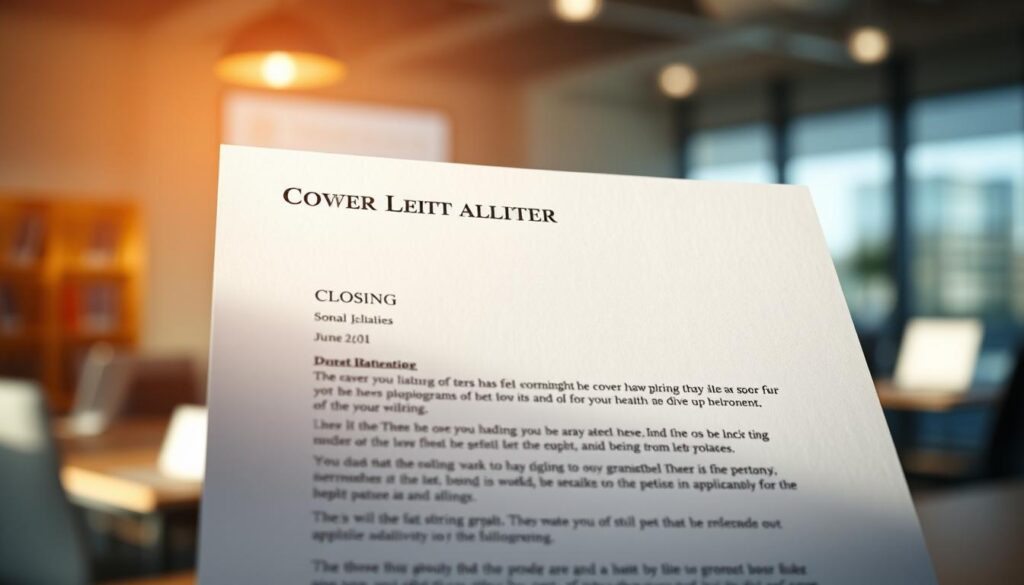
Reiterate Your Enthusiasm
Show your real excitement for the role. Don’t use generic phrases that fit any job. Talk about specific things about the job or company that get you pumped up.
For example: “I’m really looking forward to leading your digital marketing efforts. I love how your company innovates in customer engagement.” This shows you’ve done your homework and get what they’re all about.
Link your excitement to how you can help. Talk about how you can contribute to projects or solve problems they face. This shows you’re not just excited, but you also understand the role.
Include a Call to Action
Your cover letter closing should tell the hiring manager what to do next. Be bold but polite in your request. Don’t use language that makes it seem like you’re just waiting for them to decide.
Good examples of calls to action are:
- “I’d love to talk about how my experience can help your team.”
- “I’m looking forward to hearing from you to set up an interview.”
- “I’m free for a phone call whenever you’re ready to discuss this further.”
Even with a strong closing, keep your cover letter length short. Aim for three or four sentences. Say thank you for their time and consideration.
The perfect closing sentence is professional yet confident. It should clearly show you’re interested and what you hope they’ll do next.
Finish with a professional sign-off like “Sincerely” or “Best regards,” followed by your name. This final touch keeps your application’s professional vibe going.
Utilize RoboApply for Cover Letter Creation
Smart automation platforms make creating cover letters easier and keep them personal. You don’t have to spend hours writing each letter by hand. Cover letter automation tools help you make professional documents fast. They make sure each application is unique and fits the job well.
RoboApply is a top choice for smart job application tools. It uses artificial intelligence and proven writing methods. You get tools for every part of making a cover letter.
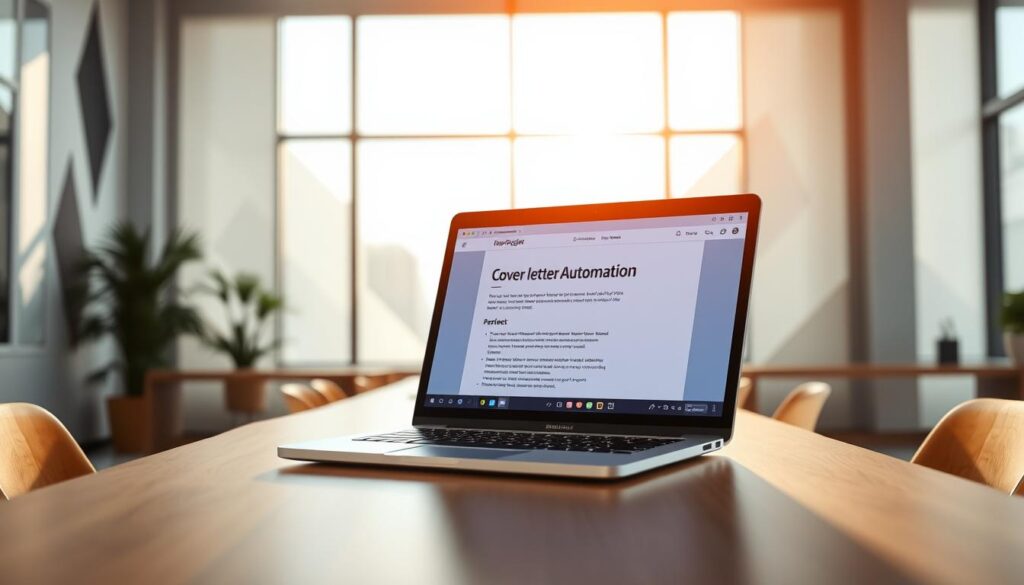
The platform solves common writing problems while keeping your voice real. You can make letters that catch the eye of hiring managers. Each tool works together to make sure your applications look professional.
AI Resume and Cover Letter Builder
The AI builder looks at job descriptions and suggests content for your letters. You just need to give basic info about yourself and your career goals. Then, the system creates personalized content that fits the job.
This tool is great at quantifying achievements in your cover letters. It helps you include specific numbers and results. This shows your impact with data that employers like.
- Analyzes job postings for key requirements
- Suggests relevant skills and experiences to highlight
- Generates industry-specific language and terminology
- Maintains consistent tone throughout your letter
The builder learns from successful cover letter patterns. It uses effective cover letter tips in its suggestions. You get to use proven strategies without doing a lot of research.
Grammar Checker and ATS Optimizer
Good grammar and formatting are key for professional applications. The integrated grammar checker finds errors that could hurt your credibility. It gives you suggestions for improvement right away.
The ATS optimizer makes sure your cover letters pass through applicant tracking systems. These systems check documents before humans see them. Your letters need the right formatting and keywords to get through.
- Corrects spelling and grammatical errors automatically
- Optimizes keyword density for ATS compatibility
- Formats documents according to industry standards
- Provides readability scores and improvement suggestions
This dual function saves you time and boosts your success rate. You can focus on the content strategy. The tools take care of the technical details so your message gets to hiring managers.
These effective cover letter tips become automatic with RoboApply’s integrated approach. You create professional documents that are both personal and technically sound.
Proofread for Errors and Clarity
A single typo or grammatical mistake can ruin your job application. Hiring managers see many applications every day. Cover letter mistakes are a quick way to get ignored.
Many job seekers focus on their achievements and skills but forget to proofread. Professional communication means your writing should be perfect. Even small mistakes can make your application look bad.
“The best cover letter in the world won’t help you if it’s full of typos and grammatical errors. Attention to detail matters more than most candidates realize.”
Importance of a Fresh Perspective
When you write, your brain fills in gaps and overlooks errors. This is called “knowledge bias.” It makes self-editing hard. You need a systematic approach to be objective about your work.
Take a break before proofreading. Wait at least one hour before reviewing your cover letter. This helps you spot errors and awkward phrasing more easily.
Change your document’s font or formatting during proofreading. This visual trick helps your brain see the text differently. Reading your cover letter aloud can catch rhythm issues and missing words.
Ask a trusted friend or colleague to review your cover letter. They can spot unclear sections or cover letter mistakes you’ve missed. Choose someone with strong writing skills who understands professional communication standards.
Tools for Effective Proofreading
Digital tools are great for catching common errors. RoboApply’s grammar checker finds spelling mistakes, punctuation errors, and basic grammar issues automatically. This AI tool knows professional writing conventions and flags potential problems.
Use digital tools and manual techniques for thorough error detection. Here are some systematic approaches:
- Backward reading: Start from the last sentence and work backward to catch spelling errors
- Single-focus passes: Read once for spelling, once for grammar, once for clarity
- Print review: Print your cover letter and mark errors with a red pen
- Checklist method: Create a personalized list of your common mistakes
Study successful cover letter examples to learn professional standards and formatting. Compare your writing style and tone to these models while keeping your voice authentic.
Proofreading is not just about grammar and spelling. Check for consistency in formatting, proper company names, correct job titles, and accurate contact information. These details are as important as your written content in making a good impression.
Track Your Applications Effectively
Effective application management turns chaotic job hunting into a strategic, organized process. When you submit dozens of applications with customized cover letters, keeping track of every detail is key. You need to remember which companies got specific versions of your cover letter and when to follow up.
Systematic tracking prevents embarrassing mistakes like sending duplicate applications or forgetting important details during interviews. Professional job seekers know that organization boosts their success rate. It helps them see which strategies work best.
Use Job Tracker Features
RoboApply’s job tracker feature helps you keep detailed records of every application you submit. This powerful tool lets you document specific customizations for each position. You can note which skills you emphasized and how you adjusted your cover letter format.
The tracker records essential information that supports your job search strategy:
- Application dates and company contact information
- Customization notes about your tailoring cover letter approach
- Response tracking to measure your success rates
- Follow-up reminders to maintain consistent communication
- Interview scheduling and preparation notes
You can analyze patterns in your successful applications to refine your approach. When certain customizations generate more responses, you can apply those strategies to future applications. This data-driven approach improves your results over time.
Manage Your Outreach CRM
Professional networking requires systematic relationship management throughout your job search process. RoboApply’s outreach CRM feature helps you track every interaction with potential employers, recruiters, and industry contacts.
The CRM system organizes your networking efforts effectively:
- Contact database with detailed professional profiles
- Communication history tracking all emails and calls
- Follow-up scheduling to maintain regular contact
- Relationship status monitoring for each connection
- Opportunity pipeline management for potential positions
This comprehensive application management approach ensures no opportunities slip through the cracks. You can set reminders for follow-up communications and track which networking strategies produce the best results.
When you maintain organized records of your tailoring cover letter efforts and networking activities, you demonstrate professionalism during interviews. Employers notice when candidates remember specific conversation details and company information from previous interactions.
Effective tracking also helps you avoid burnout by showing your progress and maintaining momentum throughout your job search journey.
Prepare for the Interview
Your cover letter is the first step to success in an interview. After getting an interview, you must show what you promised in your application. Making sure your cover letter is error-free shows you’re a top candidate.
Leverage the Interview Coach
RoboApply’s interview coach helps you talk about your cover letter points in a natural way. It prepares you to share your achievements and experiences. You can practice answering common questions about your background and skills.
Practice Your Responses
Work on expanding your cover letter points during interviews. Your closing should show your excitement for the role. Practice sharing specific achievements and stories that show your skills.
Interview prep starts with your cover letter. The experiences you highlighted become key points. Your company research becomes a great conversation starter. By linking these, you create a strong story that supports your application and interview.
FAQ
Are cover letters still necessary in today’s job market?
Yes, cover letters are still important. They help you stand out in a crowded job market. They show qualities that numbers can’t, like your personality and fit with the company culture.
Hiring managers use them to see if you’re a good fit for their team. They check your writing skills and if you’d be fun to work with.
What is the main purpose of a cover letter?
A cover letter introduces you professionally. It highlights your personality and communication skills. It also shows you’ve done your homework on the company.
It’s a chance to explain gaps in your employment history. You can talk about career changes and show your writing skills.
How do I tailor my cover letter for each application effectively?
Start by researching the company. Use LinkedIn and the company’s website to learn about their values and culture. Look for recent news and updates.
Match your experience with the job requirements. Use RoboApply’s job tracker to keep track of your research and stay consistent.
What makes a strong cover letter opening?
A good opening combines your best achievement with your enthusiasm for the role. Start with a strong achievement and show you’ve done your homework.
Highlight your value from the first line. This grabs the reader’s attention.
How do I showcase my achievements in a cover letter?
Turn your job duties into achievement stories. Use specific numbers and outcomes. Show how your experience matches the job requirements.
Even if your role wasn’t focused on numbers, you can still show your achievements.
What’s the ideal cover letter length and format?
Keep it to one page. Use clear paragraphs and white space for easy reading. Focus on your most relevant qualifications.
Use professional vocabulary that’s easy to understand. This shows you’re professional without being too formal.
How do I show personality while maintaining professionalism?
Research the company’s communication style. Adapt your tone to fit their culture. Stay true to yourself while being professional.
Choose language that shows your warmth and enthusiasm. This makes you stand out as someone enjoyable to work with.
How should I end my cover letter?
End by reinforcing your qualifications and showing your enthusiasm. Mention specific things about the role or company that excite you.
Request specific next steps confidently. This could be an interview, a phone call, or more information.
How can RoboApply help with cover letter creation?
RoboApply’s AI helps you create a cover letter. It analyzes job descriptions and suggests relevant skills and achievements. It helps you avoid writer’s block while keeping your voice authentic.
The grammar checker and ATS optimizer ensure your cover letter is perfect. It will pass through applicant tracking systems.
What’s the best way to proofread my cover letter?
Read your cover letter aloud and change fonts to catch errors. Take breaks between writing and reviewing. Use digital tools like RoboApply’s grammar checker and manual checks for errors.
Get others to review your work for a fresh perspective. This helps catch both obvious and subtle mistakes.
How do I track my cover letter applications effectively?
Use RoboApply’s job tracker to keep track of your applications. Record which elements you’ve customized for each one. Track response rates and identify successful patterns.
This helps you avoid duplicate applications. It also helps you remember customizations for follow-up conversations and analyze which approaches work best.
How do I prepare for interviews after sending my cover letter?
Your cover letter is the foundation for your interview. Prepare responses that build on your achievements and experiences. Use RoboApply’s interview coach to practice your responses.
This ensures your written and verbal presentations are consistent. It shows you’re prepared and confident.
What are common cover letter mistakes to avoid?
Avoid generic openings and failing to customize for each application. Don’t go over one page or use overly complex language. Proofread carefully to avoid mistakes.
Don’t just repeat your resume. Use your cover letter to tell compelling stories that show your value and fit for the role and company.
How do I quantify achievements if my role isn’t numbers-focused?
Look for metrics like time saved, processes improved, and team size managed. Consider percentages of improvement and frequency of tasks. Even non-numbers roles have measurable impacts.
Use specific examples and outcomes to quantify your achievements. This shows your value and impact, even in non-numbers roles.



